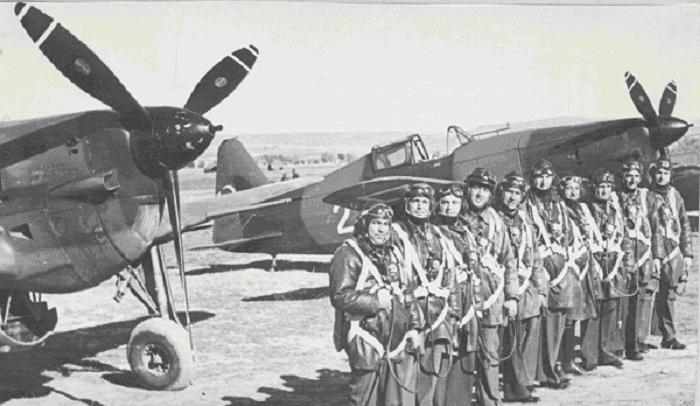Morane-Saulnier M.S.406 In Turkish Service
In the late 1930s, the Turkish Air Force (Türk Hava Kuvvetleri) was undergoing a rapid process of modernization. Determined to replace its mixed fleet of older biplanes and early monoplanes, Turkey sought modern fighters from several European powers, including Britain, Germany, and France. Among the types acquired during this period was the French-built Morane-Saulnier M.S.406, then the principal single-seat fighter of the Armée de l’Air. The acquisition reflected Turkey’s pre-war policy of balancing relations between competing European powers while strengthening its air defences.
Turkey ordered the M.S.406 as part of a larger arms procurement program negotiated with France between 1939 and 1940. The contract called for 45 aircraft, which were delivered in two main batches before France’s defeat in June 1940. The first group of around twenty aircraft arrived in early 1940, flown via the eastern Mediterranean and assembled at Turkish bases under French supervision. A second shipment, dispatched in mid-1940, reached Turkey just before France’s capitulation. By late 1940, the Turkish Air Force had received and commissioned approximately 44 Morane-Saulnier M.S.406s, making Turkey one of the few export users of the type outside Europe.
The Turkish M.S.406s were standard production machines powered by the Hispano-Suiza 12Y-31 liquid-cooled V-12 engine and armed with a single 20 mm Hispano cannon firing through the propeller hub, supported by two 7.5 mm MAC 1934 wing-mounted machine guns. They were painted in the French factory finish of dark green and brown over light blue-grey undersurfaces but carried Turkish red-and-white national markings. On arrival, they were assigned primarily to the 5th and 11th Fighter Regiments, based at airfields in western Anatolia and Thrace, tasked with protecting key industrial areas and the approaches to Istanbul and the Dardanelles.
Although modern at the time of delivery, the M.S.406 was already becoming outclassed by 1940. Nevertheless, Turkish pilots appreciated its good handling characteristics and manoeuvrability. Reports from the period describe the type as easy to fly and capable of operating from relatively rough airfields—an important quality given the infrastructure of the Turkish Air Force in the early 1940s. The liquid-cooled engine, however, required careful maintenance in hot climates, and the supply of spare parts became increasingly difficult once France fell under German occupation. Turkey relied on locally improvised maintenance and some parts sourced through Vichy-controlled North Africa to keep the fleet operational.
During World War II, Turkey maintained neutrality, and the M.S.406s did not see combat against major powers. Instead, they were used primarily for air defence patrols, advanced fighter training, and readiness exercises. Their presence nevertheless served as a deterrent and symbol of Turkey’s modernizing capabilities. By 1942, the Air Force began receiving more advanced aircraft from both Allied and Axis sources—including Curtiss P-40s, Hawker Hurricanes, and German Bf 109s—gradually relegating the Moranes to secondary duties.
By the mid-1940s, the M.S.406s had been withdrawn from front-line units and used as fighter trainers until about 1945–1946, after which they were progressively retired from service. Few, if any, survived into the postwar years, and none are known to exist today.

